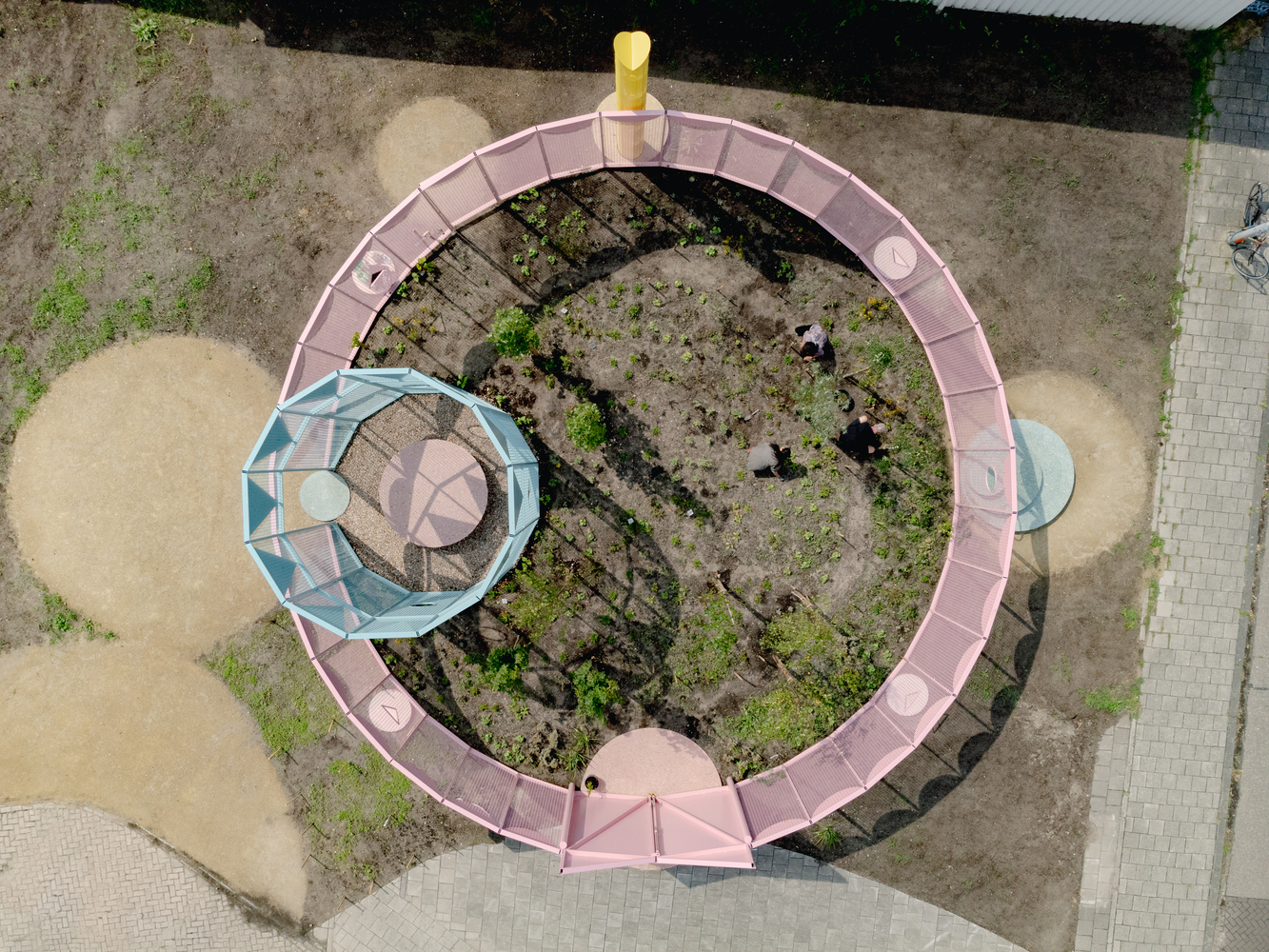The Architecture of Rewilding: Designing for Ecosystem Recovery
As climate instability reshapes design priorities, architecture is increasingly drawn into ecological debates not as a spectator but as a participant. Among the concepts gaining traction is rewilding, a practice rooted in the restoration of self-sustaining ecosystems through the reintroduction of biodiversity, the removal of barriers, and the rebalancing of human presence in the landscape. Though often associated with conservation biology, rewilding also opens up new spatial and architectural imaginaries — ones that challenge conventional notions of permanence, authorship, and use.
Traditionally, architecture has been seen as an agent of ecological disruption — constructing over wetlands, fragmenting habitats, and redirecting waterways. But a growing number of projects and practices are beginning to invert that logic. They ask: What if architecture could catalyze rewilding, rather than being an obstacle? What if built form could scaffold ecological regeneration, enabling the return of species, the healing of soil, or the resynchronization of hydrological cycles?


 Picture: Courtesy of Studio Ossidiana, Riccardo de Vecchi
Picture: Courtesy of Studio Ossidiana, Riccardo de Vecchi
Comments :